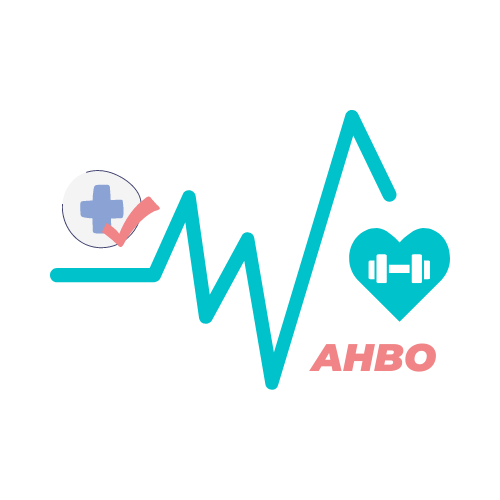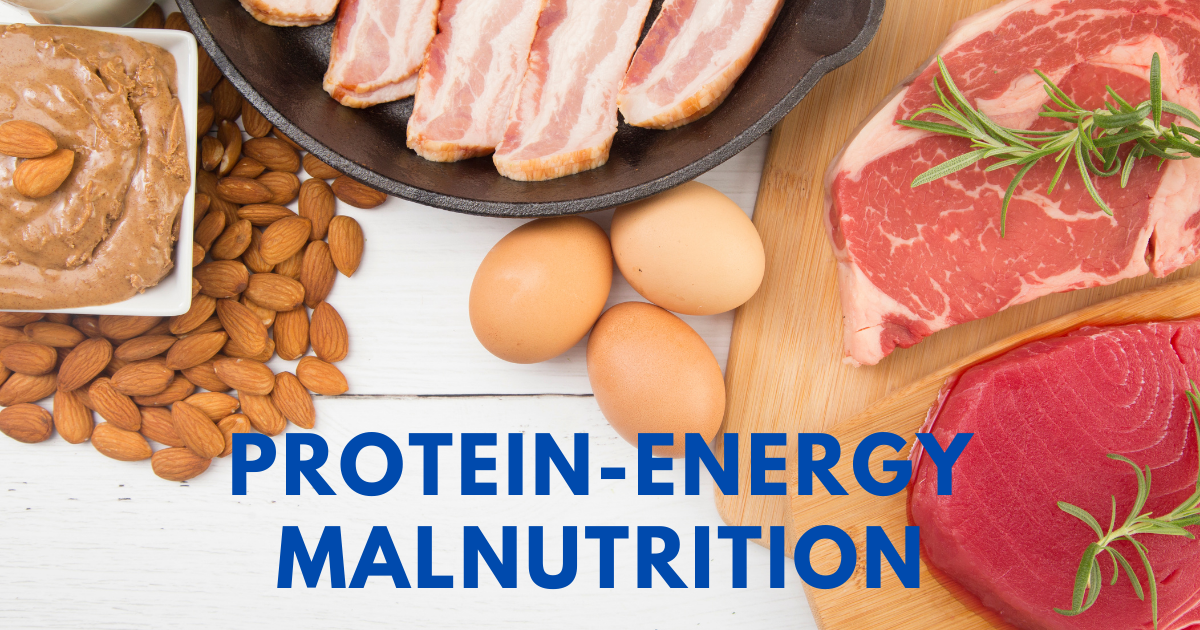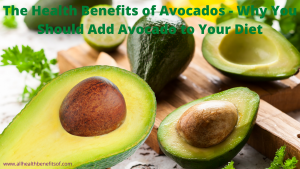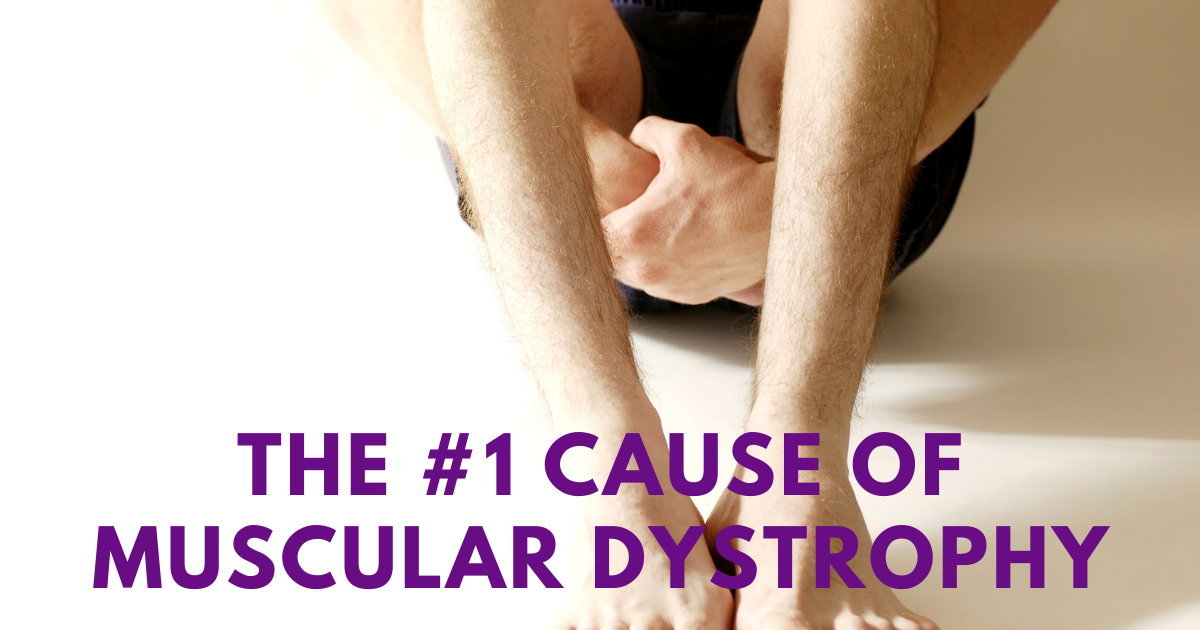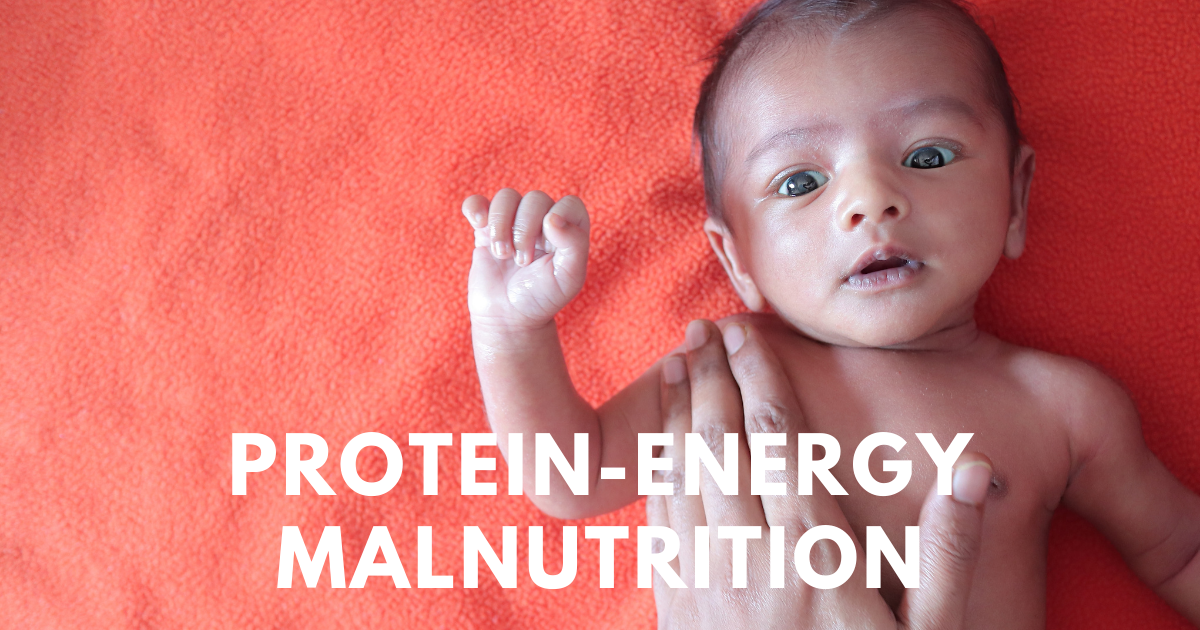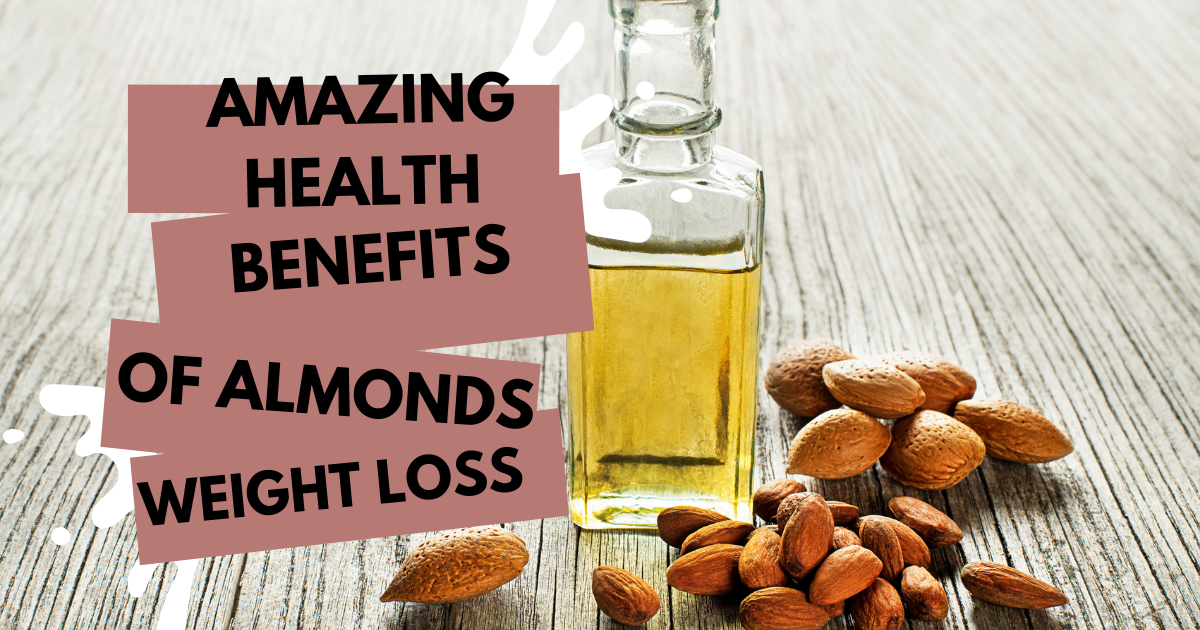6 Amazing Strategies to Prevent Protein-Energy Malnutrition You Wouldn’t Believed Existed
Prevent Protein-Energy Malnutrition and What It Means for You
How Protein-Energy Malnutrition can Affect your Health in the Long Run
Protein-energy malnutrition is a condition in which the body does not get enough protein, carbohydrates, or fat. It can lead to a range of health problems and can affect your mental and physical state.
Protein-energy malnutrition is often caused by poor diet or eating disorders. It is also common in developing countries where people do not have access to enough food. This article will provide you with information about the symptoms, causes, and treatments of protein-energy malnutrition.
Protein-energy malnutrition can be prevented with proper nutrition and lifestyle changes like eating more vegetables and fruits, exercising regularly, drinking plenty of water, taking in fewer calories than you need each day.
What is the Best Diet to Prevent Protein-Energy Malnutrition?
Protein-energy malnutrition (PEM) is the most common form of malnutrition and affects about one billion people worldwide. It is a condition that causes significant weight loss and is caused by food scarcity, poor diet, and disease.
The best diet for the prevention of PEM includes two main components- protein intake and energy intake. The recommended daily protein intake for adults is 56 grams per day while the recommended daily energy intake ranges from 1,200 to 1,800 calories.
The best diet for preventing PEM can be found in the United States Department of Agriculture’s Dietary Guidelines for Americans 2015-2020 which recommends a healthy eating pattern that includes whole grains, vegetables, fruit, seafood/fish/shellfish/poultry/meat (lean), low-fat dairy products, oils (mono
The best diet for the prevention of protein-energy malnutrition is a diet that is rich in fruits, vegetables, and whole grains.
Protein-energy malnutrition occurs when a person has too little energy to meet their needs because they are not getting enough protein or carbohydrates.
What are the Worst Things that can Cause Protein-Energy Malnutrition?
Protein is an important component of the human body and is needed for maintaining muscle mass, tissue health, and other vital functions. Inadequate intake of protein or a lack of protein-rich foods in the diet is a major course of PEM. The main risk factors for this deficiency are age, obesity, and malnourished childhood.
Protein deficiency can be caused by a variety of factors including insufficient food intake, poor diet quality, poor digestion or absorption of nutrients, or chronic diseases such as cancer.
Some risk factors for protein malnutrition include:
– low income
– family history of protein deficiency
– lack of social support
– lack of knowledge about healthy eating and cooking
How Can You Prevent Protein-Energy Malnutrition if You Already have Symptoms?
Protein Energy Malnutrition is a condition in which an individual consumes less than the estimated daily requirement of protein, fats, and carbohydrates. It is a serious health concern that can lead to serious physical, mental, and social consequences.
Protein-energy malnutrition is most common among individuals who have limited access to food or who do not have enough money for food. There are many factors that contribute to it as well. Some of them are:
- – Inadequate daily intake of proteins
- – Lack of variety in the diet
- – Poor quality or quantity of food items consumed
- – Lack of fruits and vegetables
- – Lack of fiber in the diet
- – Excessive consumption of alcohol
- – Too much consumption or too little consumption depending on the body’s needs
Take Action Now with These Practical Tips for Staying Healthy & Avoiding Protein Energy Malnutrition
Protein Energy Malnutrition is a condition where the body has a deficiency in protein and isn’t able to meet the needs of the body. This can lead to weight loss and muscle loss.
Some ways to avoid protein-energy malnutrition include: eating breakfast, exercising regularly, eating healthy meals, limiting sugar intake, avoiding processed foods and alcohol.
Suggested Citation
U.S. Department of Health and Human Services and U.S. Department of Agriculture. 2015 – 2020 Dietary Guidelines for Americans. 8th Edition. December 2015. Available at dietary guidelines 2015. Prevent Protein-Energy Malnutrition
